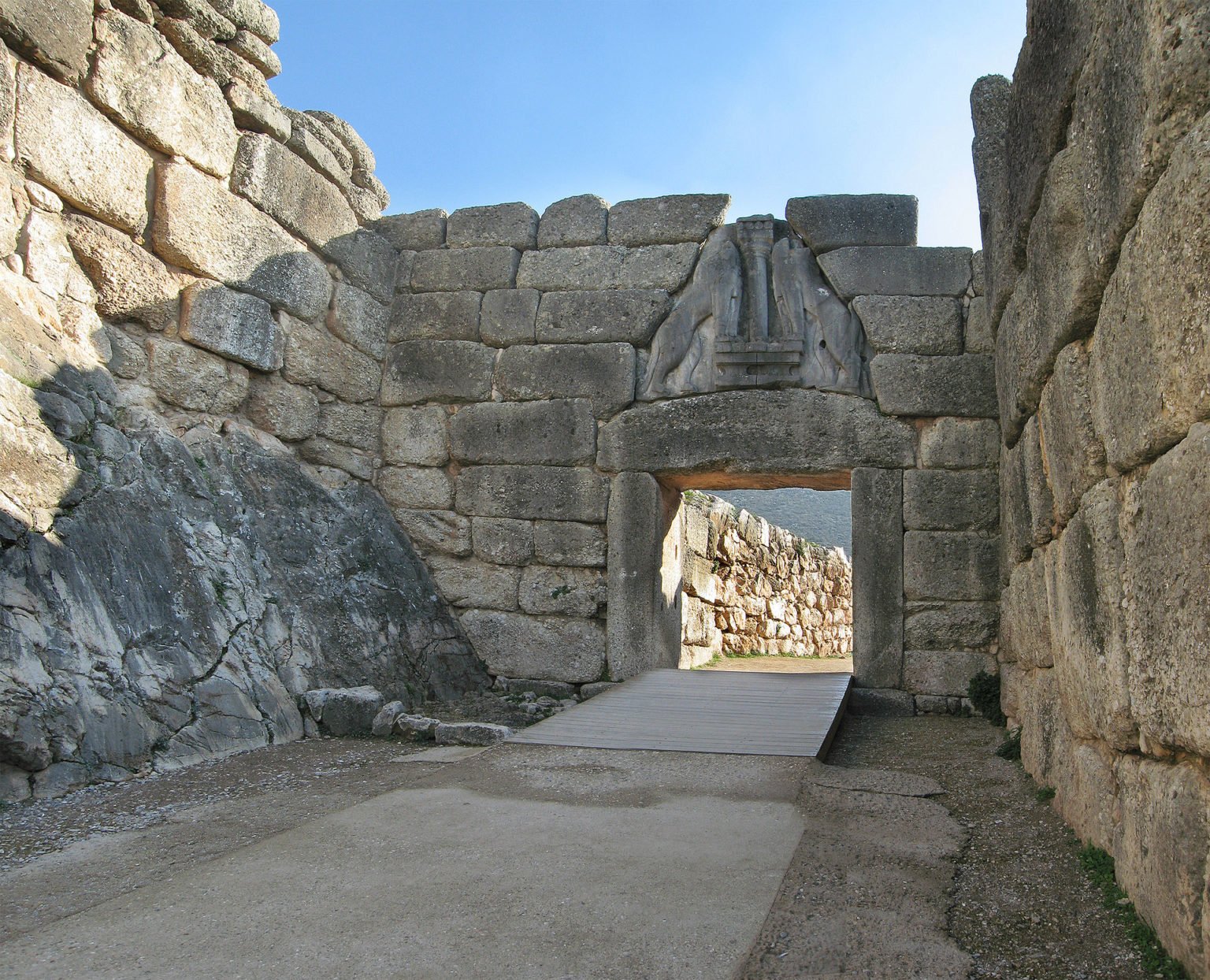Information
A Drought May Be Behind the “Bronze Age Collapse”
Archaeologists and historians have long debated the cause of the “Bronze Age Collapse,” or the period when multiple, distinct ancient civilizations all collapsed one after the other around 3,200 years ago.
Research published in the journal PLOS One suggests that a 300-year-long drought may have been the cause of the collapse of multiple cultures of the Bronze Age, including those of ancient Greece.
During the time preceding the period, vast civilizations of the Bronze Age in the Mediterranean, Levant, and North Africa—including the Hittites in Anatolia and the Mycenaeans in Greece—were either destroyed or significantly weakened.
Causes of the Bronze Age Collapse
The period was marked by destruction of trade routes between civilizations, a loss of literacy, invasions by mysterious “Sea People,” and the loss of some of the Mediterranean’s most important cities—many of which were never inhabited again.
The cause behind this massive fall of civilizations has been hotly debated for decades. Some argue that environmental factors, such as earthquakes and tsunamis, are to blame for the Bronze Age Collapse, while others believe that economic factors played a larger role.
Others have put forward the theory that drought was brought about by the collective cataclysmic event, but until recently, the evidence archaeologists had gathered only attested to droughts that lasted for a very short period, which would not be catastrophic enough to bring down multiple civilizations.
New research based in Cyprus, however, shows that a drought lasting 300 years afflicted the region, possibly causing massive famines that brought about the collapse of some of the period’s most powerful civilizations.
Sedimentary evidence shows long period of drought
The evidence was found at the Larnaca Salt Lake near the Hala Sultan Tekke Mosque in Cyprus. Cyprus was home to a thriving, powerful civilization during the Bronze Age.
Researchers extracted ancient sediment cores from the lake, which was once part of the sea but became landlocked throughout the years.
The sediment showed a marked decline in marine plankton and pollen from marine sea grass starting around 1450 BC, until the lake, which was connected to the sea, became landlocked just 100 years later.
This indicates an extreme lack of rainwater during that period. Sediment from the lake also showed that by 1,200 BC, the period of the Bronze Age Collapse, agriculture in the area came to a halt and only started back up around 850 BC.
Such a dramatic environmental change, which would cause a lack of water and food, is thought to have spurred widespread revolts and social upheaval.
“This climate shift caused crop failures, dearth and famine, which precipitated or hastened socioeconomic crises and forced regional human migrations,” researchers wrote in the paper.
Considering that the drought started hundreds of years before the Bronze Age Collapse occurred, many probably did not realize that the climate had changed so dramatically until it was too late.
The potential migration caused by the lack of fertile land and rainwater may also explain the “Sea Peoples” who invaded Egypt and other sites in the Bronze Age, as many of these “invaders” brought their families with them.
Category: English
News
Information
Key words:

